Top Image: 'Comrades! Work and Fight for the Revolution!' 1936 poster by the CNT-FAI. Courtesy of Wikimedia Commons.
On August 7, 1936, the anarcho-Bolshevik Victor Serge dashed off a letter from Brussels to his old friend and comrade Andrés Nin in Barcelona. There were things of the greatest urgency to discuss with Nin, a leader of Spain’s POUM (Workers’ Party of Marxist Unification). Their friendship went back to the Russian Civil War, when the two radicals had first joined the struggle to defend the Bolshevik Revolution from internal and external enemies and later supported Leon Trotsky and the Left Opposition against Joseph Stalin.
Now 15 scarring years later, Serge communicated to Nin the mixture of apprehension and joy he felt knowing “at last you are inside the great upheaval” unleashed in Spain and wished to learn as much as he could of the situation, so he could breathe once more “the tonic air of the revolution.” In this current moment of decision, he expounded, “it is only the working class that can fight Fascism: it alone can create a republic worthy of the name, a democracy which will not be another ambush. It has the right to govern: it can and must begin to heal and overcome the miseries, to transform society.”
The “great upheaval” to which Serge referred was, of course, the Spanish Civil War, a conflagration only three weeks old when he wrote to Nin. It started as an uprising against the five-year-old Second Spanish Republic, organized by the ultra-reactionary Generals Emilio Mola, José Sanjurjo, and Francisco Franco. Breaking out on July 17, 1936, this plot within Spain’s armed forces, in preparation for months, shamelessly repudiated the results of the previous February’s election, when a slim majority of the Spanish people placed a Popular Front government into power. An electoral coalition of liberal and leftist parties that coalesced in 1935 against extreme right-wing and fascist politics on the Iberian Peninsula, the Popular Front won out in a bitterly contested campaign cycle. This coalition was torn, though, by unresolvable tensions. “Unity” around an eight-point program (including calls to enhance popular control of parliament, protection for Spain’s small-scale-industry, land reform, secularization of education, the reorganization of finance, and more representative labor boards) had actually meant the workers’ parties deferring to a center-left agenda. As Pierre Broué and Emile Témime put it so succinctly, “It was a liberal program set in a bourgeois framework and deliberately excluded Socialist demands for the nationalization of land and banks and working-class control over industry.”
The promise to amnesty over 30,000 political prisoners, most of them miners who had participated in the October 1934 uprising in Asturias in northern Spain, had garnered temporary support for the Popular Front from the radical Left, including the POUM. Once in power, however, peasants demanded and, in some cases, dared to implement socialization of land and workers clamored for a confrontation with the capitalist class. President Manuel Azaña, leader of the Popular Front coalition and from the liberal party Republican Left, tried to roll back these revolutionary pressures, shutting the headquarters of anarchist, socialist, and communist organizations, and arresting hundreds of strikers.
The coup engineered by Franco and other generals in mid-July 1936 launched a self-described “crusade” to save Spain from “Jewish-Masonic-Bolshevist” forces and social chaos. One should always beware, though, of those who impose “salvation” on society. Behind the generals stood elements of the old ruling classes (landowners, businessmen, Catholic clergy) who were threatened by the growth of socialistic sentiments in significant segments of Spain’s toiling population, separatism in Catalonia and the Basque region, and the more traditional liberal aim of anti-clericalism. Avowedly fascist groups like the Falange and the JONS rallied to the side of the rebel officers. By this point, free and fair democratic elections would not deter them from attempting to crush any move to transform social life.
The three-year war that followed the military uprising is often regarded as the “prelude” or “dress rehearsal” for World War II, and such interpretations are not without merit. Several of the participants in World War II (Nazi Germany, Fascist Italy, and the USSR) were involved. Franco, while keeping his distance from Hitler in terms of joint action against the Western Allies, did supply the Third Reich with raw materials and sent tens of thousands of troops—the “Blue Division”—to fight on the Eastern Front. Thousands of those who fought on the Republican side and escaped across the Pyrenees after the Nationalists’ victory were interned in French camps. Others succeeded in joining French resistance groups.
Many of these men and women ended up in Gestapo hands and soon landed in the hellish Mauthausen concentration camp. One of them, the communist Francisco Boix, was the subject of the 2018 film The Photographer of Mauthausen. Moreover, the characterization of the Spanish Civil War as a struggle between “democracy” and “fascism” echoed strongly in the language of the Allied war effort against the Axis powers. Yet what transpired in Spain, at least in 1936-37, was both a social revolution and a civil war.
What Americans know about the Spanish Civil War mainly is filtered through several cultural treasures: Pablo Picasso’s Guernica, his 1937 painting about the bombing of the Basque city and one of the most recognizable artworks of the twentieth century; George Orwell’s wonderful memoir of his time in Spain in 1936-37, Homage to Catalonia (1937); Ernest Hemingway’s 1940 novel For Whom the Bell Tolls; and the lore surrounding the volunteers from the United States who fought in Spain as part of the Abraham Lincoln Brigade.
One could certainly do far worse in terms of sources than these classics. In this series of articles on the Spanish Civil War, using accounts from observers and participants who were or had been on the radical Left (including Orwell), I have a different aim. I wish to examine the social revolution which broke out in parts of Spain when Franco and Mola gave the signal to act. Here Andrés Nin’s contention that Franco’s rebellion against the Spanish Republic “speeded up the revolutionary process by provoking a proletarian revolution more profound than the Russian Revolution itself” is my subject.
For anarchists, anarcho-syndicalists, and dissident Marxists, this was not a war to save “democracy,” if the latter meant “bourgeois” or capitalist democracy. Rather, the true struggle, to return to Victor Serge’s missive to Nin, was about taking “decisive strides towards an entirely different Republic where democracy will mean liberty and the power of the workers, instead of being a compromise with the counterrevolution that lies in ambush behind laws it holds in contempt.” This piece takes up the place of anarchism in this story.
Towards an Entirely Different Republic
The battle for an “entirely different Republic” hardly erupted out of nowhere in 1936. Well before the founding of the Second Spanish Republic in April 1931, leftist organizations had been fighting for an emancipated form of society, even though some of them may have bristled at the term “republic.” Easily the most formidable and well-established of these was the National Confederation of Labor (CNT), the anarcho-syndicalist trade union founded in 1910. It was part of a long, complex, and fascinating history of anarchism in Spain stretching back to the dissemination of Mikhail Bakunin’s ideas in the late 1860s by men like Anselmo Lorenzo. Seeking the overthrow of both capital and the state through revolutionary trade-unionism (as opposed to the formation of political parties), the CNT exerted enormous influence in Spanish left-wing politics.
Barcelona, in Catalonia, and Zaragoza, in neighboring Aragon, became strongholds. The CNT counted railroad workers, machinists, textile workers, steel workers, dock workers, transportation workers, and mechanics among its members. Put bluntly, it was a proletarian union. Anarcho-syndicalists also competed with Socialists (to be discussed later) for the loyalty of miners in Asturias. Its left-libertarianism infused not only its strategy and tactics but the very structure of the organization. Syndicalist conceptions of a dual system of workers’ associations (“syndicates” or unions) and a federation of local, regional, national, and international labor councils were incorporated into the CNT; committees and congresses became fundamental to the union identity and operation. As a federated, anti-authoritarian body of the organized and armed working class it would bring about social revolution and then manage administration, production, and distribution for the liberated society its adherents called “Libertarian Communism.”
In 1922, the CNT rejected affiliation with the Moscow-based Communist International due to what it saw as essentially authoritarian tendencies in Bolshevism. Numbering at its peak more than a million members—an astonishingly high number—the CNT’s growth and power prompted the creation in 1927 of the FAI (Iberian Anarchist Federation), a clandestine group set up to ensure the Confederation remained steadfast in its refusal of electoral and parliamentary activity. As anarchist intellectual Murray Bookchin described it, “the FAI acquired a reputation as one of the most dreaded and admired organizations of revolutionaries to emerge in Spain.”
With the end of the Primo de Rivera dictatorship in 1930, and subsequent fall of the monarchy in 1931, the CNT-FAI wasted little time in unleashing insurrection. The FAI played a key role in the unsuccessful uprisings in Seville (July 1931), Llobregat (January 1932), Casas Viejas, (January 1933), and Aragon (December 1933). These episodes seemed to confirm the unwavering hostility of anarchists and anarcho-syndicalists to the bourgeois republic. During this period, exiled militants like Francisco Ascaso, Buenaventura Durruti, and Juan García Oliver, regaled during the 1920s as the “Three Musketeers” for involvement in assassinations, attacks on government barracks, and bank robberies, reemerged in the Confederation. The example, impact, and symbolism (its red-and-black flag) of CNT-FAI revolutionism left an indelible impression even on those who did not or no longer shared its anarcho-syndicalism.
Well before the Franco-led revolt, Ramón Sender authored an evocative novel, Seven Red Sundays, set in Madrid, about these uncompromising radicals. Nin and another POUM leader, Joaquín Maurin, came out of the CNT before fully embracing the October Revolution and alignment with the Communist International. Victor Serge had long admired the CNT since he participated in the August 1917 general strike in Spain and understood very well the significance of men like Ascaso. In August 1936 Serge wrote to Leon Trotsky, just days after his communication with Nin, and urged him to adopt the following line on the CNT-FAI:
“We consider you, the anarchists and syndicalists, to be our class comrades and dedicated revolutionaries. We offer you our fullest cooperation along with uncompromising criticism and ideological struggle, carried out in a fraternal atmosphere.”
Victor Serge, 1946
Nine days later, Trotsky, then in exile near Oslo, Norway, answered, “What you write about Spanish, or rather Catalonian anarchists is absolutely true and I am extremely glad about our unity of opinion on this principal question of the present moment.” Franz Borkenau, the Austrian intellectual and former communist, whose 1937 The Spanish Cockpit is still one of the best books on the early months of the Spanish Civil War, admitted, “The Spanish CNT is perhaps the one genuinely revolutionary trade-union movement of large size in the world. It is proud of it, rightly or wrongly.”
All large-scale organizations, no matter the intensity and commitment of their members, are susceptible to internal strife. The CNT was no exception. During the early 1930s, a group dubbed the “Treintistas” coalesced around criticism of the FAI. After a disastrous general strike in Seville in July 1931, which ended with the deaths of 40, with 200 more wounded, these more gradualist elements in the CNT released El Manifesto de los ‘Treinta’ (Manifesto of the Thirty). They denounced the “cult of violence for the sake of violence” on the anarchist Left without explicitly naming the FAI. Fearing that similar actions could lead to the onset of fascism and dictatorship in Spain, “Treintistas,” such as Angel Pestaña and Juan Peiró, condemned demands for immediate revolution against the new Republic. Expelled from the CNT for his critique, Pestaña eventually founded a Syndicalist Party which competed in elections and even placed two deputies in the Spanish parliament in 1936.
A far more serious issue was the CNT’s own willingness to suspend its refusal to participate in elections. Holding no illusions about the “trickery” of parliamentarianism, the CNT’s intransigence certainly drove down overall vote totals for the Left between 1931 and 1936. There were significant exceptions, though, such as municipal races in 1931, at the founding of the Republic. The greatest exception was easily the decision in February 1936 for the CNT to release its vast membership from abstaining from the general election. Gerald Brenan, writing in 1943, estimated that well over a million votes for the Popular Front ticket came from CNT members.
Vernon Richards, who strongly criticized the CNT-FAI for abandoning its anarchist principles in 1936, gathered a great deal of additional evidence to substantiate this claim. Debate over the decision to support the Popular Front did not necessarily mean, however, forsaking social revolution. When leaders of the Spanish armed forces rose up against the Republic, women and men of the CNT-FAI were among the first to take up arms against them. And they did not do so alone.
In the next article in this series, I take up the story of those who fought alongside the libertarian Left.
Jason Dawsey, PhD
Jason Dawsey, PhD, is ASU WWII Studies Consultant in the Jenny Craig Institute for the Study of War and Democracy.
Cite this article:
MLA Citation:
APA Citation:
Chicago Style Citation:
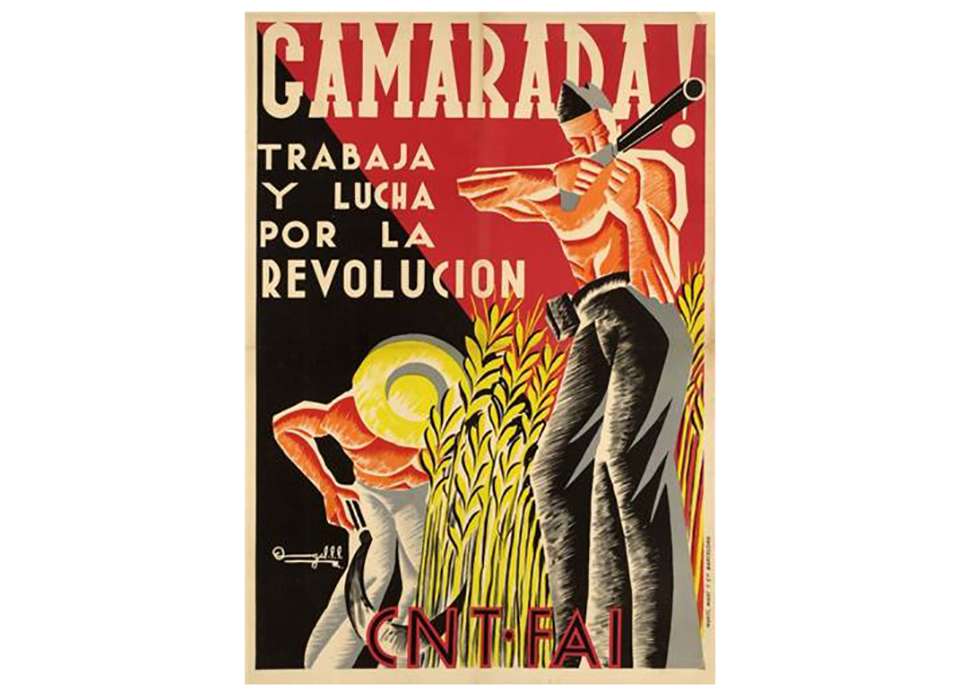
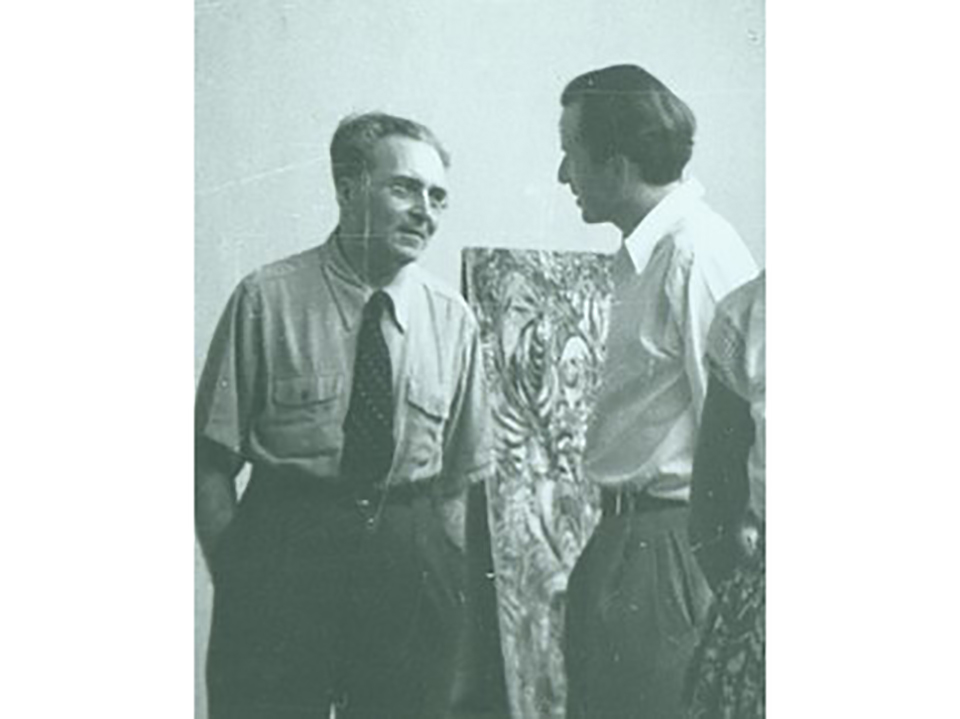

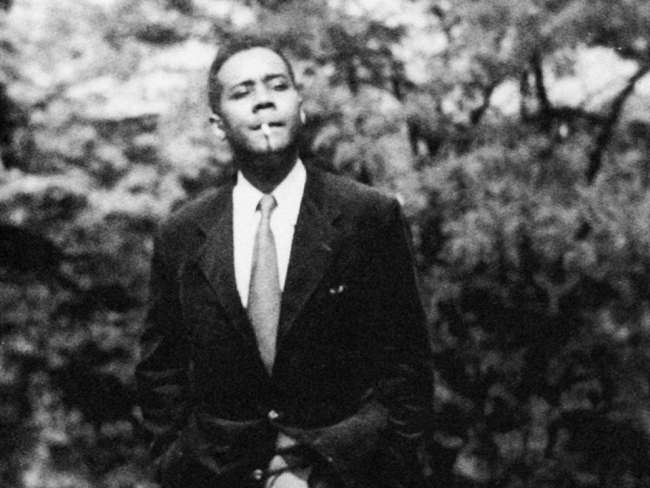
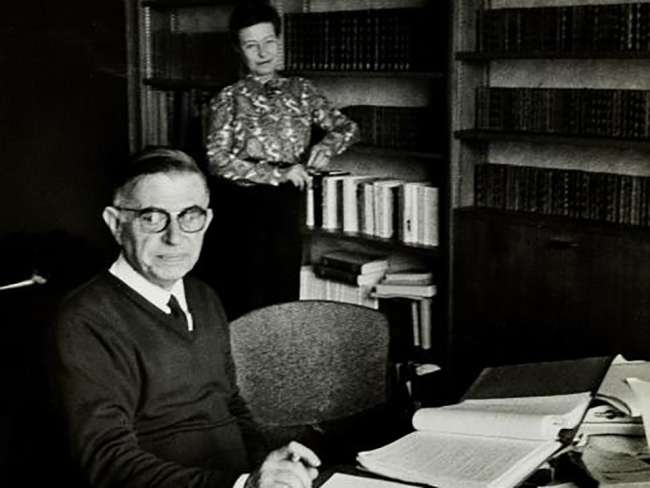
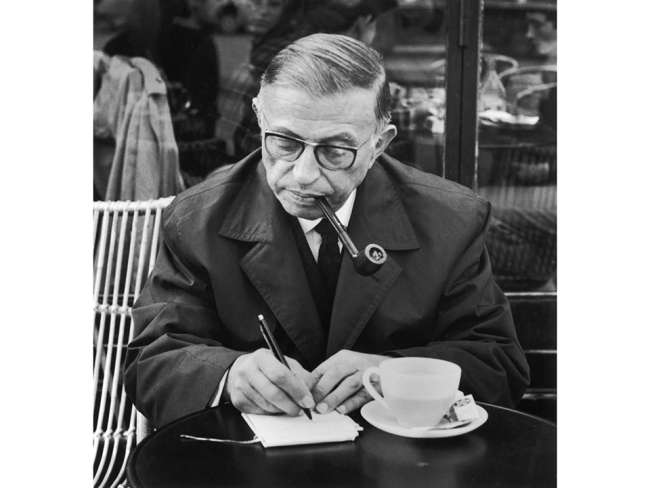
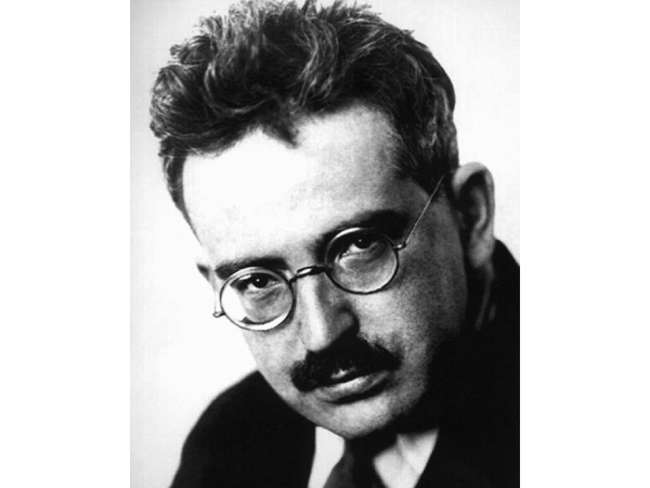



![Max Fuchs, New York City cantor, sings as Rabbi Sydney [sic] Lefkowitz, Richmond, VA, conducts the first Jewish services from Germany.](/sites/default/files/styles/max_650x650/public/2025-10/image1.jpg)



